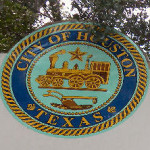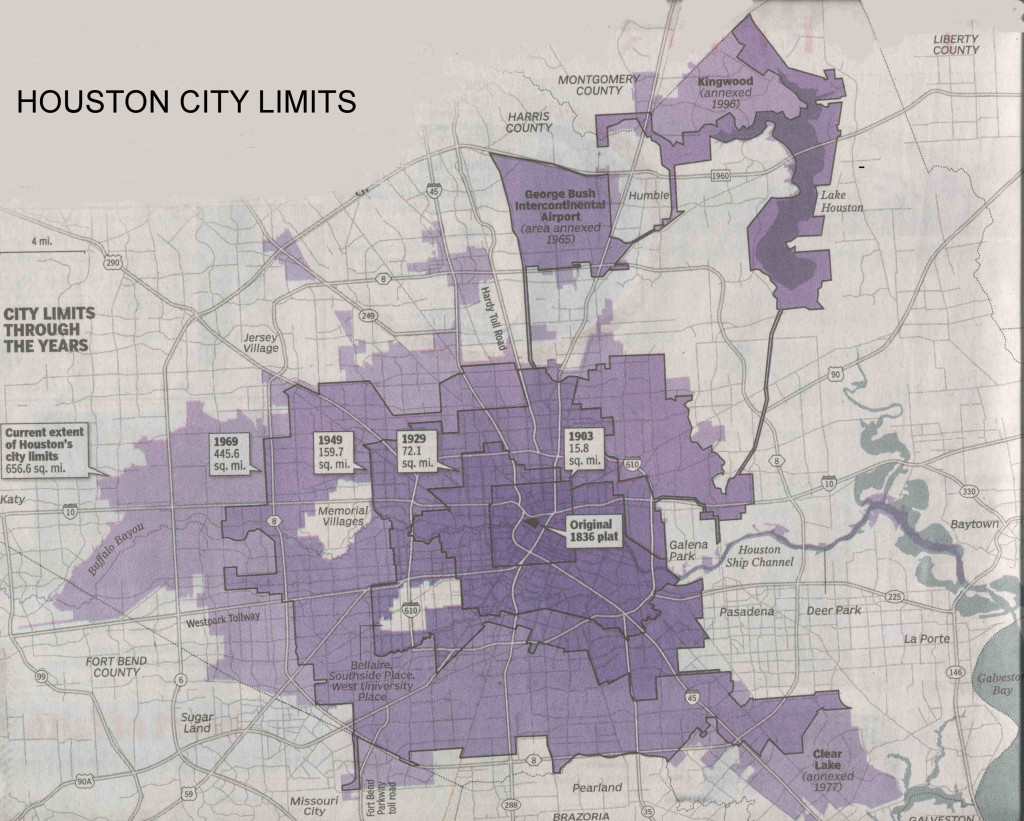Houston has grown through the use of General Purpose Annexation. This type of annexation is the most commonly known. All of Houston’s historically significant annexations have occurred in this manner. For general-purpose annexation, a city must meet a strenuous public notification requirement. Upon annexation, all affected property becomes part of the general-purpose boundaries and is effectively subject to all regulations, taxes and services provided by the City. Residents within this property are residents of the City of Houston and have all the rights and responsibilities afforded thereby. Property considered for general-purpose annexation must be included in a City’s annexation plan at least three years prior to the annexation. One instance where the three-year requirement is waived is if the property owner requests annexation.
The Annexation Plan
For the years 2011–2013, the City of Houston does not propose to annex any territory for general purposes, except that it will consider the annexation of territory if requested by property owners. The City will continue to consider SPAs with utility districts within the City’s ETJ.
Annexations
1922 – Hermann Hospital Site (about 1,000 acres)
1927 – River Oaks area (3,465 acres) ; Harrisburg area (1,293 acres)
1929 – Denver and Houston Harbor (885 acres)
1956 – Lake Houston area and a 22.5 mile canal
1965- Bayport area; Intercontinental Airport area; Fondren Road area and area west of
of Sharpstown (51,251 acres total)
1967 – Acres Homes area (about 725 acres)
1971 – About 1,300 acres east of Humble
1972 – The Addicks and Barker reservoir areas
1974 – Another 1,469 acres in Acres Homes
1975 – Northwood Manor (1,534 acres); Inwood Forest area (2,125 acres)
1977 – Clear Lake area (3,174 acres)
1996 – Kingwood area (15,000 acres)
The city’s original 1836 plat covered a mere 62 blocks. In the 175 years that followed, Houston expanded to a size of about 660 square miles, largely through annexation. The city’s increasingly diverse population, which first passed 1 million in the 1970 Census, is now over 2 million and still growing.
Call Bill Edge at 713-240-2949 to see Houston Homes in 24 hours or less.
Source: Houston Chronicle August 2011, The City of Houston

